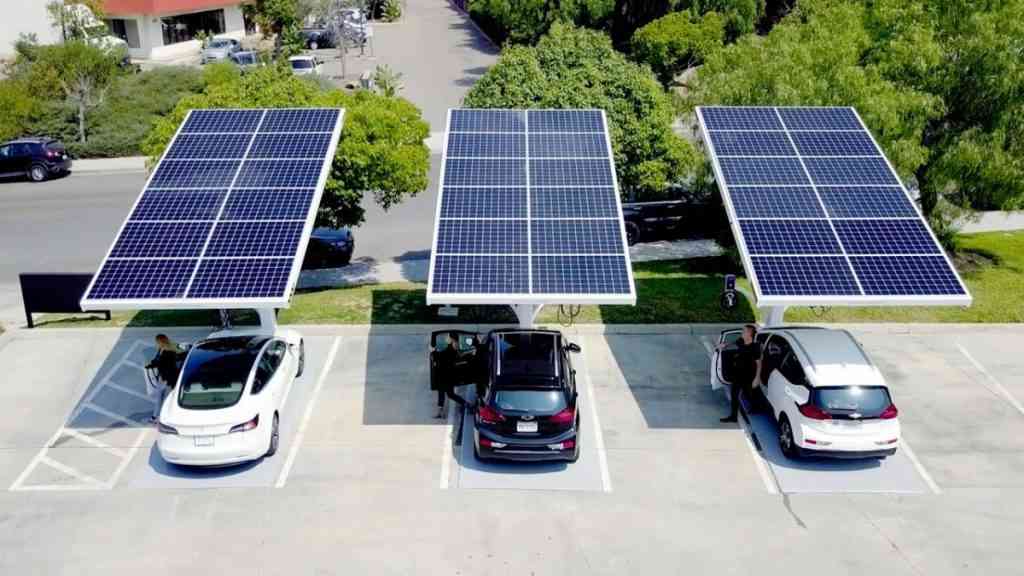
By Helen Devmac When I started writing this column I was rather intimidated at the idea of writing about the creation of a lovely garden to complement a modern beautiful home. Every article I looked at about gardening naturally featured landscapes which were obviously dependent on water, lots of water.
You know the type of garden, undulating mountains of lush emerald green lawns, bordered by flower beds planted with magnificent blooms in all hues of pink purple and blue.
Quite disheartening given our water situation, but these were the gardens we were brought up on and I am sure you remember the song “how many types of sweet smelling flowers in an English country garden?” Sadly we all strove to have English country gardens in the midst of an African climate.
I set about finding an expert who could give me ideas on water harvesting and directing water from bathrooms and kitchens into the garden. By the time I heard about Ken Max – Wilson who was recommended by mutual friends as a fundi on the gardening scenario, I had sort of settled on the idea of tubs of seasonal flowers around the verandah!
I spent the weekend before my interview with him preparing the sort of questions I would ask, visualising daily watering routines for the tubs of petunias perennial phlox and dianthus, which I had now mentally moved from the verandah to line a driveway and gate entrance.
I need not have bothered because immediately after meeting Ken, I knew I was in the presence of an expert gardener.
Ken quickly set my mind at rest about how one could have a beautiful garden using very little water. This was a fact which we all had to accept. For those with water he does have solutions, but green lawns would always need heavy maintenance.
Having a good lawn was an investment which no doubt added value to any property. But the upkeep was heavy going since water, fertilizers and top soil, were all necessities in the upkeep of a lawn. He is pragmatic and understands our situation and so he quickly pointed out that water shortages would be with us for a very long time and that few if any households had access to limitless water.
- Chamisa under fire over US$120K donation
- Mavhunga puts DeMbare into Chibuku quarterfinals
- Pension funds bet on Cabora Bassa oilfields
- Councils defy govt fire tender directive
Keep Reading
I have for years regarded a lush green lawn as the backbone of any garden and Ken very quickly disabused me of such old fashioned ideas. These were some of the points made by Ken:
Gardens cannot be colourful at all times. If you are the sort of gardener whose choices are guided by seasonal plants, you would have a pretty hectic time following the seasons. It’s far better to use annuals and indigenous plants which have long flowering periods, and are better in terms of disease control and pests.
Water was a priority in any garden as no plant, no matter how hardy, can survive entirely without water. For any gardener, it was important to plan how your plants would get water and so he suggested the use of water tanks with a gravity feed for long term storage of water. The use hosepipes is foolhardy because the water we are able to store should be used with care. The watering can is back with a vengeance and every garden should have one and it is available from the local hardware shop or Siyaso at Mbare. The solution for us and our water problems has to be a dry garden. Next week we learn about how to create a dry garden — the most appropriate garden for us in this country, featuring locally available succulents grasses and aloes as well as making use of rocks, granite and stone features. I am sold on this sort of garden since it embodies all that is African and truly Zimbabwean. So please join me again next week as I continue my discussion with Ken, he has a solution for everyone including rural homesteads.











